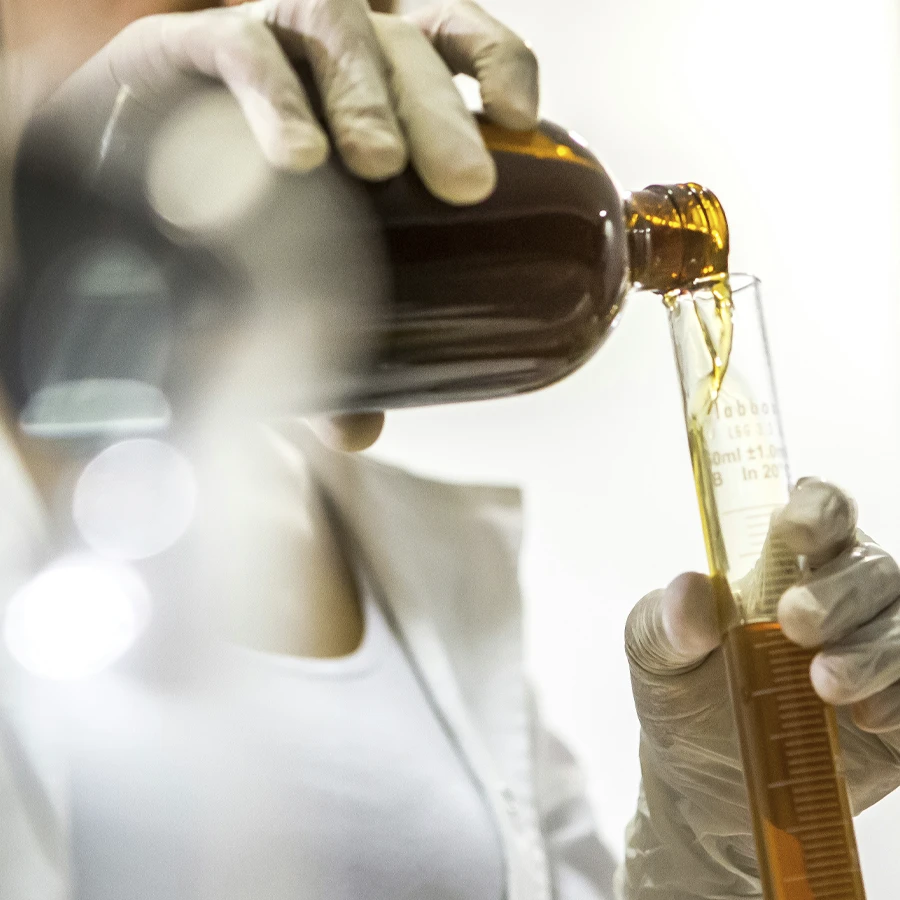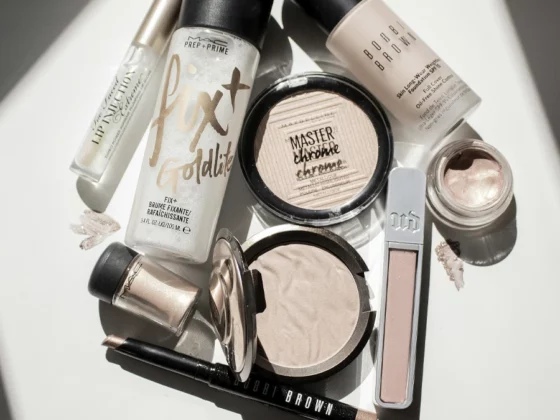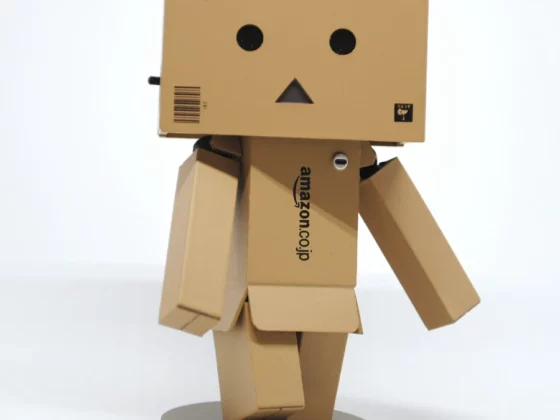The industry’s numbers direct every entrepreneurial project. The recent pandemic period and the hot climate of international geopolitics are some of the factors that have contributed to the expectations on the sector’s figures. We start from the analyses to work on the answers, here are the details and strengths in this regard. We at Studio Concept work alongside companies in cosmetics, we believe in results that are built from numbers.
Indice
How much is the cosmetics market worth in Italy?
Cosmetica Italia takes stock of the situation at its annual members’ meeting, the Annual Report is the litmus test that marks the state of health of the beauty industry in Italy. The first considerations are entrusted to Benedetto Lavinio, President of Cosmetica Italia, who defends the numbers of an industry that proves to be responsive even to negative geopolitical circumstances and the marked change in consumer habits.
13.3 billion euros indicates the turnover of the Italian cosmetics industry for 2022, an increase of 12.4% compared to 2021 and up 10.2% compared to pre-pandemic levels. There is a craving for cosmetics and habits are fuelling growth that looks equally promising for 2023.
The cosmetics industry is one of the industries that feeds a direct market need, as proven by the sales that increased sharply in 2022: EUR 11.5 billion describes the amount of turnover in Italy, the trend is up by 8.5 percentage points compared to 2021.
Cosmetics sector in Italy and cosmetics consumption
Market analysis in Italy indicates a reassuring return to normality. Facial care products account for 16.4 per cent of the basket, these are followed by 15.3 per cent for body care articles and 13.6 per cent for alcoholic perfumery. The data provide confirmation for the traditional cosmetics trade in Italy, the drivers are therefore those that respect tradition.
The annual turnover analysis returns other data that are even brighter in their dynamics: the comparison between 2022 and 2021 does the talking. Lip care products register +21.4% and are followed by facial make-up products with +18%. Alcoholic perfumery stands at +16.3% and eye make-up rises by 11.7%.
The desire for cosmetics shows particularly promising figures, however, it must be considered that the growing trend describes the transition from an epochal event to normality. Where pandemic restrictions forced the use of masks, the return to freedom has reawakened the desire to resort to beauty tools.
Contact us for more information on our services
Exports and imports in the cosmetics industry
The Italian cosmetics industry is among the sectors driving Italian exports, more than 40% of which are invoiced to foreign countries. The detail thus describes 5.9 billion euros sold by Italy to the rest of the world, a figure that is up by 18.5% compared to the previous year. Although not yet finished, exports in 2023 are expected to increase by at least 10%.
The trade balance leans clearly in the direction of exports, and the destinations say a lot in this respect. Non-European countries account for 38% of total exports, there is a great desire for Italian cosmetics especially in the United States, which surpasses the much closer France and Germany. Then there is the emerging figure of trade to the United Arab Emirates, here the gap between 2021 and 2022 is +60.7%, proof of an at least impressive increase.
The wellbeing of a sector can be seen in its ability to meet the expectations of foreign markets, and cosmetic exports offer confirmation of the right direction for the Italian cosmetics machine. Focusing on product quality is a choice that rewards.
Channels used for the sale of cosmetics
The market shows a substantial change in habits. Considering pure numbers, large-scale distribution leads the way with 42% coverage of domestic consumption. This is followed by the more classic channel of perfumeries (19.3%) and pharmacy with an interesting 17%. The 8.6% in e-commerce doubles the volume of sales compared to pre-pandemic levels, followed by professional supplies in hairdressing (5.1%), herbal medicine (3.3%), direct sales channels (3%) and beauty (1.9%).
The sector proves to be healthy, the data underline the strength of an industry that has reacted by adapting to a new reality in sales dynamics. Where habits until 2019 saw more traditional trade channels being preferred, the coming years have structured a new way of shopping.
Multi-channelling is an approach that rewards sales, and the revival of cosmetics is increasingly becoming the source of fluid commerce as it is able to adapt. Italian cosmetics are bought in pharmacies as well as perfumeries.
The cosmetics sector in Italy, according to the latest data, is sailing in favourable waters, showing remarkable resilience even in the face of unprecedented challenges such as the pandemic. Current dynamics show an Italian public that has not only rediscovered the importance of taking care of itself through cosmetics, but is also attracted by the traditional products that have always characterised the Italian market.
Market analysis confirms a trend of constant growth, with a propensity towards conscious and diversified consumption, where tradition meets innovation. The sector has not only been able to adapt to change, favouring multi-channel sales, but has also affirmed its presence on the international scene, consolidating prestigious positions in foreign markets thanks to a high quality product offer.
Looking to the future, the Italian cosmetics industry has the opportunity to grow further. Companies in the sector will have to continue to focus on excellence, innovating and adapting to new consumer needs. Emphasis could be placed on increasingly sustainable production and on communication that knows how to enhance the excellence of Made in Italy, exploiting all the potential offered by multichannel and new sales channels.





